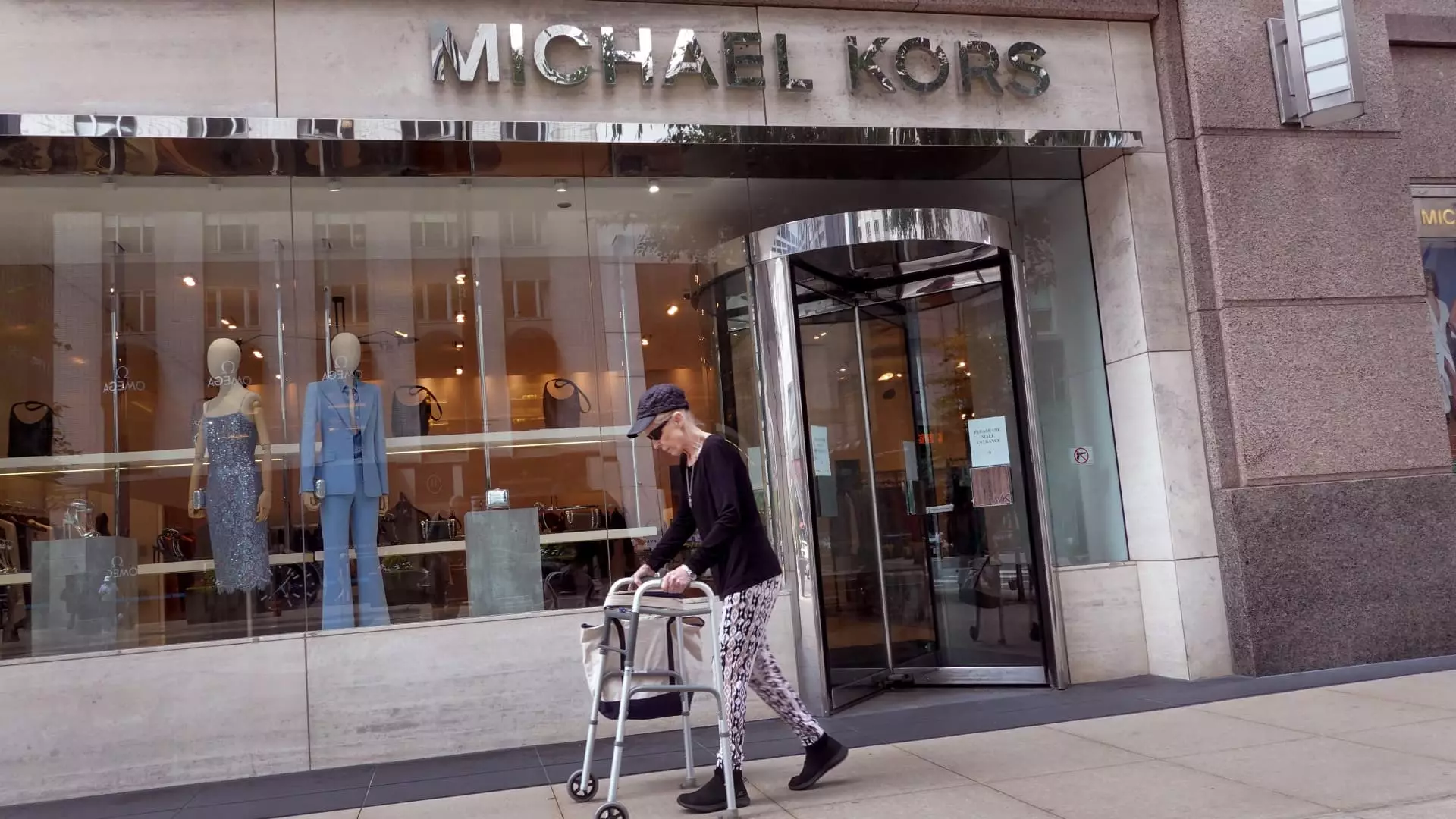On Thursday, the anticipated merger between Capri Holdings and Tapestry was officially called off due to legal challenges posed by the Federal Trade Commission (FTC). This decision marked a significant turning point for two of the most prominent luxury fashion houses in the United States, demonstrating the ongoing scrutiny of mergers in the market. Initially proposed in August 2023, the merger aimed to unify some of the largest brands in luxury fashion, including Tapestry’s Coach, Kate Spade, and Stuart Weitzman, alongside Capri’s Versace, Jimmy Choo, and Michael Kors. The aspiration was to create a powerhouse with a collective value of $8.5 billion, but the realities of regulatory approval proved to be an insurmountable barrier.
The FTC’s stance against this merger underscores the regulatory climate surrounding competition in the luxury market. By preemptively blocking such a merger, the agency highlighted concerns that the consolidation of these brands would ultimately harm consumers by reducing competition. One of the primary arguments made by the FTC emphasized that this tie-up could lead to diminished benefits for not just customers but also employees, sparking debates about fair practices in the industry.
Following the termination of the agreement, Capri’s CEO, John Idol, expressed a mixture of disappointment and pragmatism, stating that the focus would now shift back to the individual brands under Capri’s umbrella. While he conveyed confidence in Capri’s long-term growth potential, the decision to abandon the merger has raised questions about how these companies will navigate their futures independently. As many experts suggest, the challenges facing Capri, especially with declining sales at Michael Kors, necessitate not just effective communication but also a well-thought-out strategic plan to rejuvenate brand desirability.
On the other side of the aisle, Tapestry’s Executive Team, including CEO Joanne Crevoiserat, was quick to acknowledge that independence might serve them just as well. Announcing plans for a $2 billion share repurchase, Tapestry signaled a clear departure from external expansion tactics. Instead, the firm intends to focus on its organically driven growth strategies. This indicates a potential shift in focus—moving from consolidation toward internal strengthening.
As the news settled, both companies experienced significant shifts in their stock performances. Capri Holdings witnessed an alarming plunge of approximately 50% in share value following the court’s ruling, while Tapestry saw a brisk rebound, reflecting a 10% increase in its stock price. This dichotomy in market reaction not only illustrates the skepticism surrounding Capri’s viability but also highlights broader investor perceptions regarding each company’s growth trajectory.
Adding to the complexity of the situation, it was revealed that Tapestry would reimburse Capri around $45 million for expenses incurred during the merger discussion. This compensation underscores the financial stakes involved in corporate mergers, especially in the luxury sector where brand equity is critical. Moreover, it appeases investors who had begun voicing concerns regarding the valuation of the deal amidst Capri’s declining business performance.
In the aftermath of this merger collapse, both Capri and Tapestry face unique challenges that must be addressed to recover from this setback. For Capri, the urgent need to revive Michael Kors is paramount. Idol hinted at implementing strategic initiatives aimed at revitalizing brand appeal through innovative products and enhanced customer experiences. It remains to be seen how effectively Capri can reshape its image and profitability, particularly through omni-channel approaches that increasingly define consumer shopping habits.
Conversely, Tapestry’s proposed stock repurchase demonstrates an alternative strategy that might assist the company in maintaining investor confidence. By prioritizing existing operations, Tapestry can focus on refining its internal practices rather than pursuing external mergers that could bring unnecessary complications.
The fallout from the collapsed merger between Capri Holdings and Tapestry reverberates through the luxury fashion sector, presenting both challenges and opportunities. This case serves as a reminder of the complexities involved in corporate mergers and acquisitions, particularly in a landscape where regulatory bodies are increasingly vigilant. As both companies pivot to define their futures, industry observers will be watching closely to see how they navigate this pivotal moment in their respective histories.

